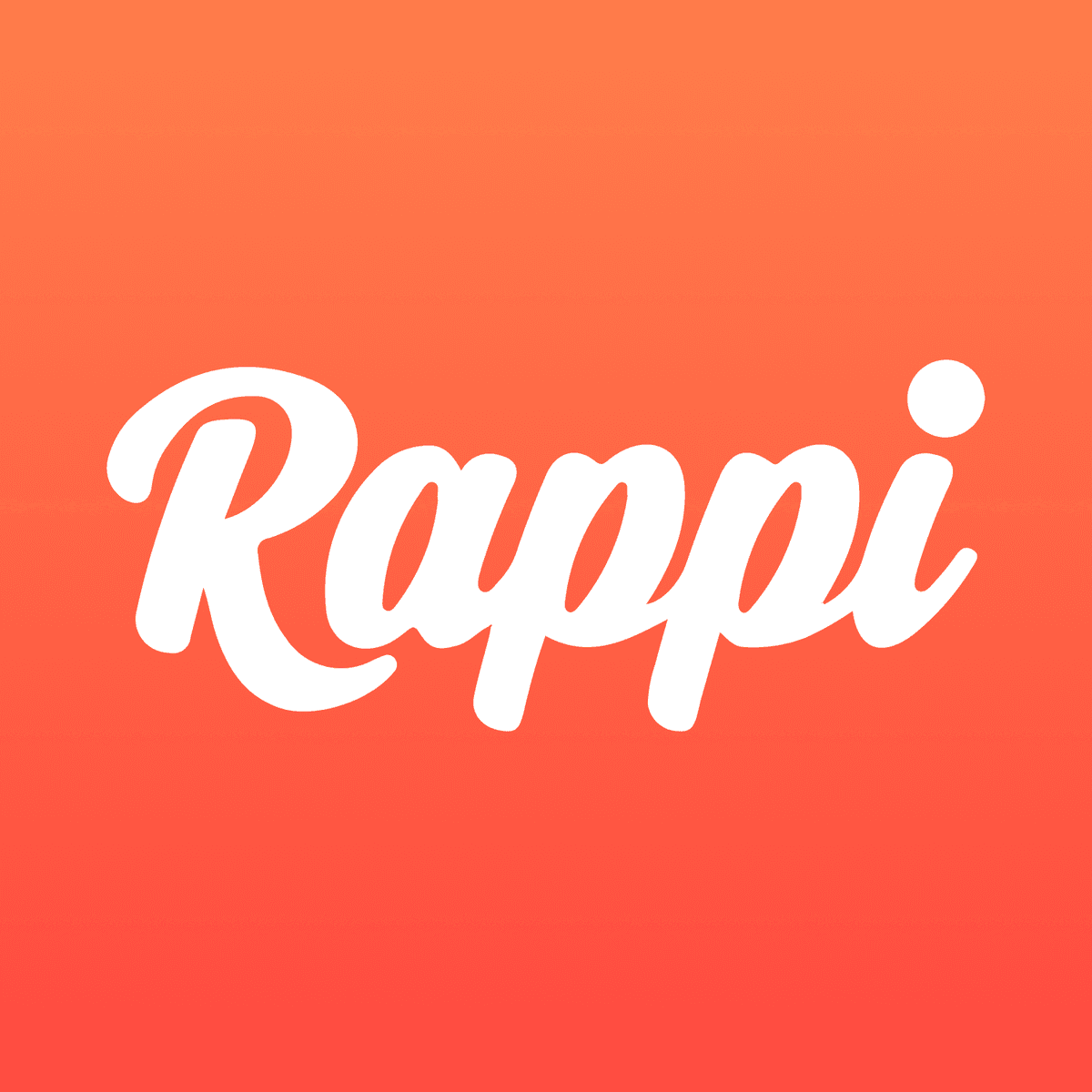The 2024 Global Customer Engagement Review in Action: A Conversation With Rappi
Published on March 06, 2024/Last edited on March 06, 2024/6 min read


Team Braze
We’re thrilled to release the 2024 Global Customer Engagement Review, a comprehensive overview of the latest trends and strategies. Drawing on insights from 1,900 VP+ marketing executives, our own Braze data, and real life case studies from top brands, the 2024 Global Customer Engagement Review uncovers how AI, data agility, and the right cross-channel engagement approach can help marketers achieve their goals.
We sat down with Nacho Fiore, CRM Automation Sr Manager at Rappi, to discuss the top three trends shaping customer engagement in 2024. Here’s what he had to say about taking advantage of AI to improve creativity and strategy, using data to its full potential, and how Rappi leverages messaging apps to effectively reach customers.
Can you tell us a bit about who you are and what you do at Rappi?
First, it’s important to mention what Rappi does. We are a consumer tech company that specializes in providing online delivery services, including food, grocery, eCommerce, and travel agency services. In some countries, we can operate a bank—the diversity of our operations heavily affects the development of our strategy. Our customers can be quite complex because we offer so many different types of services. We spend a lot of time analyzing customer behaviors and seeing, as an example, if using one specific product means they have a propensity to use another specific product. And those two products could be very unrelated.
As for me, this is my first marketing role! All of my previous jobs were related to economics and user experience. At Rappi, I'm responsible for automating the strategies that we’ve experimented with and vetted. Currently, I'm leading a project called “Comms Machine” where we utilize machine learning (ML) models and artificial intelligence (AI) to develop user engagement campaigns aimed at delivering more relevant content.

How are you currently using AI in your marketing strategy and what impact has it had on your creative and strategic engagement efforts?
We use AI to create engaging messages for our users. With AI, we can personalize messages for each individual automatically, which reduces the manual process of creating and assigning messages to each campaign.We’ve developed a set of variables to consider when constructing these messages and conduct A/B testing to analyze metrics. Variables are primarily focused on personalization, but we also test the use of emojis, buttons, images, and promotional offers. We analyze both downstream [e.g. opens, clicks] and upstream [e.g. monetization, retention] metrics to determine success.For us, there are two main benefits to using AI this way:
- From a user experience perspective, we can automatically generate personalized messages for each individual. The messages are more valuable to users and create a better experience.
- It reduces the manual process of creating all these messages and assigning them to each campaign. AI helps us to move in this direction, ensuring that each message will have the desired content.
What specific tasks are you automating with AI to free up more time for creative thinking?
AI helps Rappi save time in two key moments. First, our Brand team doesn’t have to create every message and we are able to use AI to produce creative with minimal resourcing. Secondly, our CRM team has been able to fully automate campaigns, which saves time in the creation and execution.
How are you using data to drive deeper customer relationships and how are you overcoming obstacles in achieving data agility?
With the assistance of our Data Science team, various ML models were created that capture users' most recent activity and leverage that information for segmentation purposes. This helps us understand when incentives should be offered to each user and when they should not. Additionally, it provides insight into users' areas of interest, which we use to tailor deals to each profile. Subsequently, AI comes into play to generate unique messages based on this information for each user.
I think—and this is probably something common in the industry—that we are super effective at managing good momentum from users. However, when addressing negative user sentiments, there is a lot of room for improvement and testing.
At Rappi, we prioritize providing special treatment to users with a negative purchasing experience. While our main focus is to deliver a prompt response to users, we acknowledge this hasn't always been the case. Therefore, we have been testing different campaigns to reactivate users who previously had a poor experience. These campaigns serve up relevant content demonstrating the changes Rappi has made and inviting them to give us another try.
What does collaboration look like in your companies? How often do you sync with other teams–specifically those who manage data?
At Rappi, teams synchronize in weekly meetings to ensure smooth operations. Each team is accountable for specific metrics they can influence. While the Brand team focuses on KPIs related to upstream metrics, the commercial team's KPIs have a mix of upstream (clicks) and downstream (monetization) metrics.
Multiple teams are involved in data management with Braze, typically convening every week. While we have progressed to a more advanced stage in leveraging the tool, the initial phases involved more frequent meetings with shared backlogs to maximize its potential (every two days).
It is important to note that, in the various tracks emerging within CRM teams, these teams are always formed with representatives from Product, Data, Commercial, and Brand, at the least. In each of these meetings, new ideas on using Braze to achieve objectives always emerge and are reviewed.
What channels are you using to drive stronger customer engagement?
We utilize all available channels to achieve our objectives. When planning a new customer engagement campaign, after determining the goal, we proceed to decide which channels to utilize for this purpose. In most cases, we never rely on a single channel alone to achieve the objective.
In terms of in-product channels, we frequently use in-app messages, banners, and native widgets within the app when necessary. We've found that action-based in-app messages consistently yield better results than journey-based approaches, as they allow us to capture the user's attention at the most opportune moments.
For out-of-product channels, we run structured email campaigns tailored to each audience segment. These are often supplemented with SMS or WhatsApp messages when we aim to increase the likelihood of conversion. In certain cases, we also leverage paid media strategies to reach a broader audience or target users who have uninstalled the app.
Are you leveraging messaging apps like WhatsApp, Line, or KakaoTalk in your customer engagement strategy?
Absolutely. For over two years, we’ve used WhatsApp as part of our CRM strategy. The main advantage of this channel is also its greatest risk. Messages have an exceptionally high read rate, which is great. However, you are entering a part of the user's phone that, although they granted access, is more personal. Non-personalized or unimportant messages are heavily punished with unsubscribes, so extreme care must be taken regarding when and in what context they are sent.
Want to learn more about how Rappi is shaping the future of customer engagement? Check out Nacho Fiore's AMA in Bonfire.
Related Tags
Be Absolutely Engaging.™
Sign up for regular updates from Braze.
Related Content
 Article5 min read
Article5 min readWhen buffer management goes wrong: Avoiding bias in AI decisioning models
January 13, 2026 Article9 min read
Article9 min readHow AI Decisioning Transforms Marketing (A Complete Guide)
January 08, 2026 Article6 min read
Article6 min readAI decisioning cheat sheet: How to crawl/walk/run with BrazeAI Decisioning Studioᵀᴹ
January 08, 2026